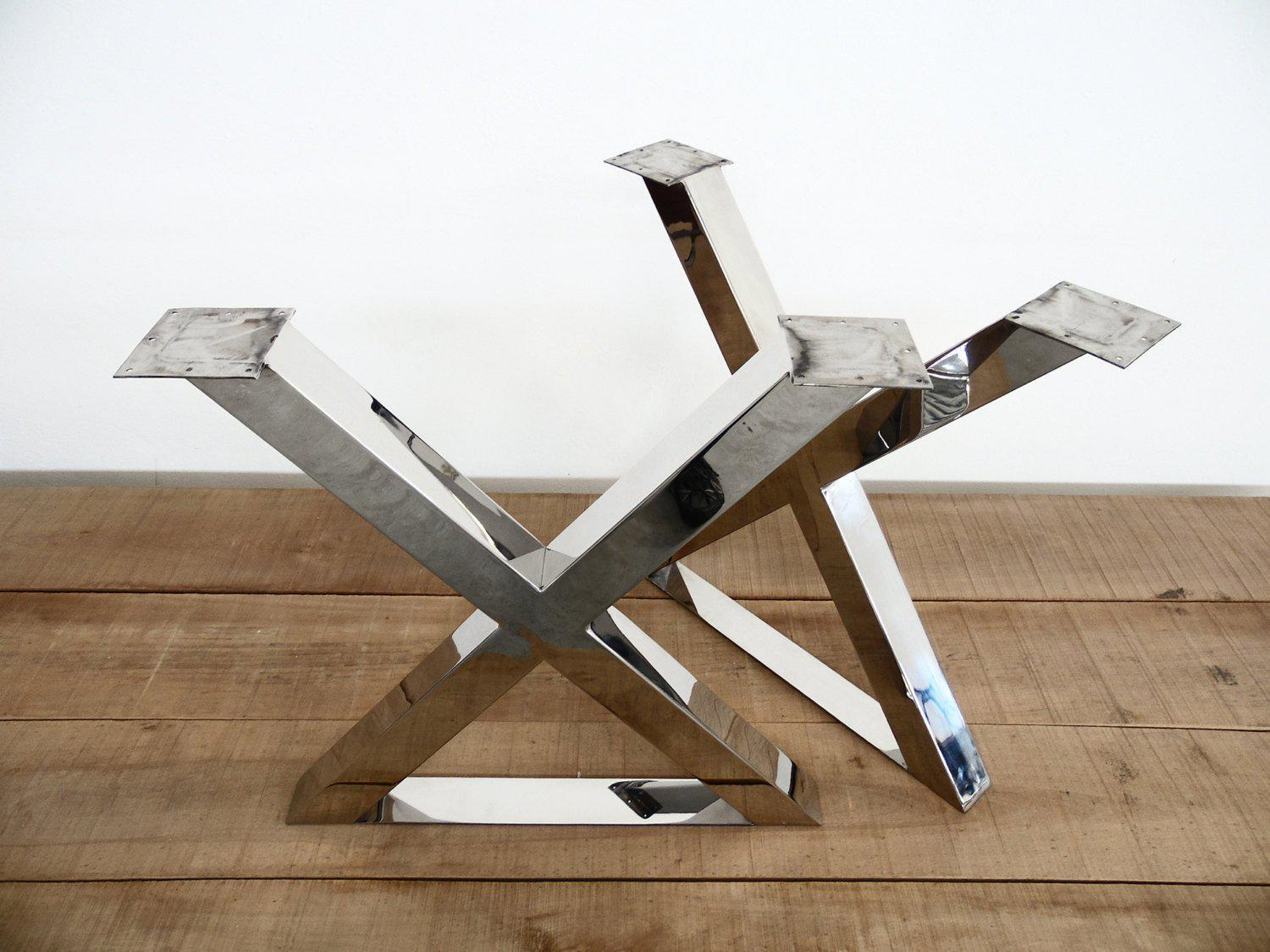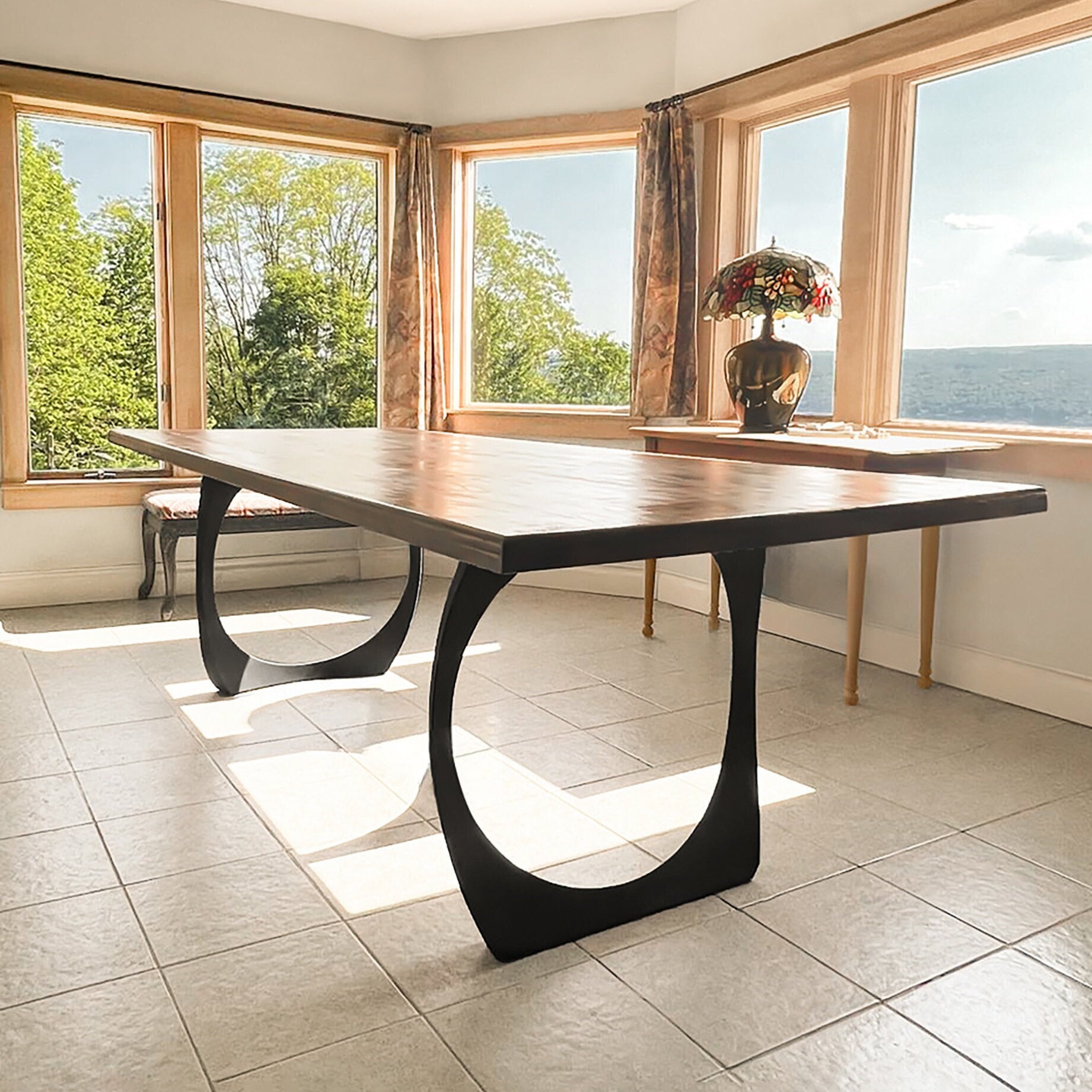A Detailed Take A Look At Table Leg Styles: Discovering the Ideal Suit
Choosing the right eating table leg design is important for both visual charm and sensible functionality. For those with bigger tables, trestle legs ensure strong assistance, whereas hairpin legs present a mid-century modern-day vibe with their minimal layout. The x-shaped legs blend modern design with enhanced stability.
Conventional 4 Legs
Amongst the different kinds of dining table leg styles, the traditional four-leg design continues to be a classic selection for lots of families. Four legs offer balanced assistance, making certain the table continues to be steady and capable of bearing significant weight (dining room table legs).
From a visual point of view, the conventional four-leg design can be easily adjusted to different interior designs. Whether crafted from wood, metal, or a mix of products, these legs can be elaborately carved, streamlined and minimalistic, or anything in between. Their adaptability allows them to complement both rustic and modern settings seamlessly.
Additionally, the simple structure of the four-leg layout assists in simplicity of movement and positioning within a room. Unlike even more complicated bases, this style lessens obstructions, giving adequate legroom for diners. In recap, the conventional four-leg eating table leg style weds withstanding elegance with sensible functionality, making it a sharp choice for those looking for both form and feature in their dining furnishings.
Pedestal Base
Commonly commemorated for its classy and space-efficient style, the stand base is a distinguished alternative to the standard four-leg arrangement in eating table leg styles. Without corner legs, diners are paid for higher liberty of activity, making it an ideal choice for round and oval tables that promote more intimate and inclusive events.
The central column itself uses a canvas for detailed designs and artistic expressions, including an element of aesthetic passion below the table. In summary, the stand base incorporates performance with style, making it a refined and useful alternative for diverse dining settings.
Trestle Legs
Trestle legs give a durable and classic structure for eating tables, characterized by their straight cross-bracing and durable assistance beam of lights. Stemming from medieval times, this layout has evolved yet maintained its vital framework, making it a perennial fave in both conventional and modern settings. The main trestle beam, commonly supported by two or even more vertical articles, offers phenomenal stability, permitting larger table lengths without the demand for additional legs.
A considerable benefit of trestle leg tables is the ample legroom they use. Unlike tables with 4 corner legs, the absence of blockages at the table's sides provides unobstructed area for chairs and restaurants, enhancing comfort and access. This makes trestle tables perfect for suiting larger celebrations, whether in a dining-room or a reception hall.
The aesthetic flexibility of trestle legs is notable. Readily available in a variety of materials such as wood, metal, and composite, they can be completed to enhance a wide range of interior styles. From rustic farmhouse to smooth modern-day layouts, trestle legs can be customized to suit individual tastes. Their enduring charm and practical advantages make trestle legs an engaging choice for those seeking both style and practicality in their table.
Barrette Legs

The charm of barrette legs hinges on their simplicity and convenience - dining room table legs. Offered in a series of materials, consisting of steel and brass, they can be ended up in various shades to enhance different interior designs. Whether coupled with a rustic wooden tabletop or a modern glass surface area, barrette legs easily mix functionality with a touch of vintage appeal
Sturdiness is an additional remarkable feature of hairpin legs. Despite this page their delicate appearance, these legs are engineered to birth substantial weight, making sure the eating table remains stable and safe. Additionally, they are relatively simple to set up, making them a prominent selection for do it yourself fanatics and specialist furnishings manufacturers alike.
X-Shaped Legs

Created from materials such as steel, timber, or a combination of both, X-shaped legs can be customized to match various style choices. Steel legs typically offer a sleek and commercial feeling, suitable for loft-style homes and contemporary eating rooms. On the other hand, wooden X-shaped legs use a warmer, more rustic appeal, appropriate for farmhouse or diverse interiors. The flexibility in products permits property owners to personalize their dining tables to much better fit their overall style plan.
Moreover, the engineering behind X-shaped legs guarantees also weight circulation, decreasing the threat of tottering and boosting durability. This makes them particularly appropriate for bigger table that need extra assistance. Basically, X-shaped legs mix functional design with modern aesthetic appeals, making them an ageless option for diverse dining environments.
Conclusion
A comprehensive understanding of dining table leg designs exposes the distinct attributes and advantages of each layout. Conventional four legs provide stability and timeless allure, while stand bases supply legroom and go to my blog a streamlined look. Trestle legs ensure durable assistance for larger tables, and hairpin legs present a mid-century modern-day aesthetic. X-shaped legs incorporate modern style with improved stability. Picking the ideal leg design guarantees both functional and visual contentment in any type of dining room.